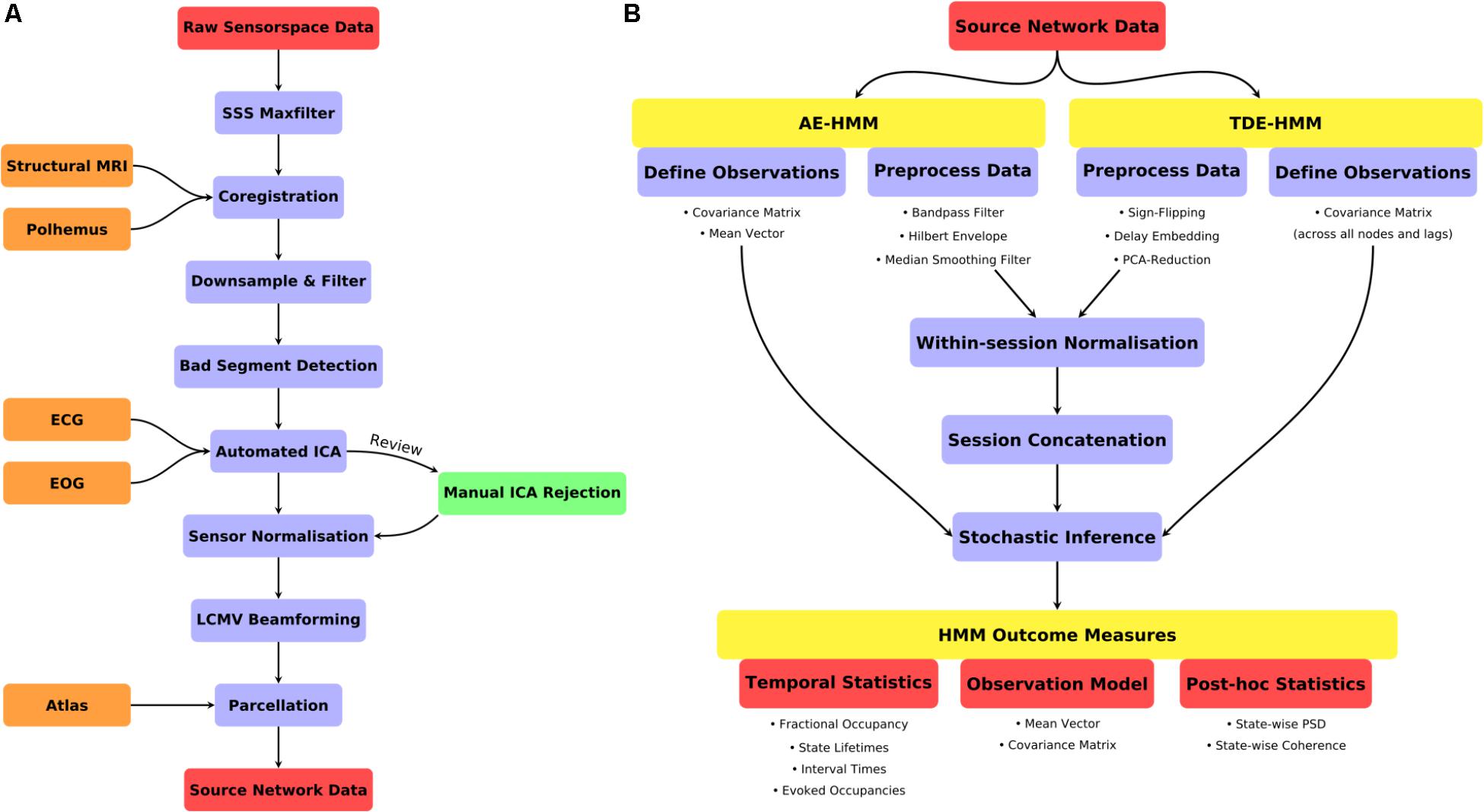

It has been widely used to study cognition, in diverse research areas including category learning (e.g., Rehder & Hoffman 2005), visual attention (e.g., Doran, Hoffman, & Scholl, 2009), sports expertise (e.g., Smuc, Mayr, & Windhager, 2010), visual perception (e.g., Gegenfurtner, Lehtinen, & Säljö, 2011), implicit bias and stereotype (e.g., Pyykkönen, Hyönä, & van Gompel, 2009), language processing (e.g., Barr 2008) and psychological disorders such as schizophrenia (e.g., Holzman et al., 1974).

Our results suggest that the HMM-based method provides a robust analysis of eye-tracking data with moving stimuli, both for adults and for children as young as 3.5–6 years old.Įye-tracking provides temporally rich behavioral data (gaze) that is closely linked to many cognitive functions.

The first experiment utilizes a novel ‘supervised’ variant of TrackIt, while the second compares directly with judgments made by human coders using data from the original TrackIt task. Within this paradigm, we present two validation experiments to show that the HMM provides a viable approach to studying eye-tracking data with moving stimuli, and to illustrate the benefits of the HMM approach over some more naive possible approaches. We apply this framework to analyze data from a recent visual object tracking task paradigm, TrackIt, for studying selective sustained attention in children. In this study, we propose a generative framework, based on a hidden Markov model (HMM), for using eye-tracking data to analyze behavior in the context of multiple moving objects of interest. However, while events in the real world are often dynamic, eye-tracking paradigms are typically limited to assessing gaze toward static objects.

Eye-tracking provides an opportunity to generate and analyze high-density data relevant to understanding cognition.


 0 kommentar(er)
0 kommentar(er)
